Building a custom home represents one of the most significant investments you’ll ever make, so it’s natural to wonder whether pursuing LEED certification is worth the additional expense. While green building initiatives have gained tremendous momentum over the past decade, many homeowners still question the financial wisdom of investing in Leadership in Energy and Environmental Design certification. The reality is that LEED-certified homes deliver measurable returns that extend far beyond environmental benefits, making them increasingly attractive to discerning homeowners who understand long-term value.
The misconception that green building automatically means higher costs has prevented many families from exploring LEED certification. However, recent studies demonstrate that with appropriate planning, LEED homes may be built for the same cost as non-green homes, while delivering substantial ongoing savings. When you factor in energy efficiency, reduced maintenance costs, improved indoor air quality, and enhanced resale value, the return on investment becomes compelling.
How Energy-Efficient Design Pays for Itself Over Time
The most tangible benefit of LEED certification lies in dramatic energy savings that accumulate month after month. On average, certified homes use 20 to 30 percent less energy compared to non-green dwellings, with some homes capable of saving up to 60 percent. These aren’t theoretical projections—they’re real-world results verified through third-party monitoring systems that ensure that your home performs as designed.
Consider a typical custom home with monthly utility costs of $200. A LEED-certified home achieving just 25% energy savings would reduce the monthly expense to $150, saving $600 annually. Over a 30-year mortgage period, those savings total $18,000—often enough to offset the entire premium associated with green construction. When energy costs inevitably rise over time, these savings compound significantly.
Water efficiency represents another significant opportunity for cost reduction. LEED homes may incorporate advanced plumbing fixtures, drought-resistant landscaping, and water recycling systems, which can reduce consumption by 30% or more. In regions where water costs are rising rapidly, these reductions translate into significant monthly savings that persist throughout the home’s lifecycle.
The durability advantages of LEED construction also contribute to long-term savings. Green building materials and techniques typically result in homes that require less repair, replacement, and maintenance over time. High-performance windows, superior insulation, and advanced HVAC systems reduce energy consumption while lasting longer than conventional alternatives, protecting your investment for decades.
Understanding the Initial Investment vs. Long-Term Returns
Transparency about upfront costs is essential for making informed decisions about LEED certification. Research from construction industry leaders indicates that green building typically carries a premium of approximately 2-6% over conventional construction costs. For a $500,000 custom home, this translates to an additional $10,000 to $30,000 investment, which is usually significant but manageable when viewed against lifetime benefits.
The premium cost usually covers enhanced insulation, high-efficiency HVAC systems, Energy Star appliances, premium windows, and the use of specialized building techniques that improve overall performance. However, many of these upgrades would be desirable even in non-certified homes, meaning that the actual green premium is often smaller than anticipated.
The payback period varies depending on certification level and local utility costs, but studies consistently show favorable returns. Research examining LEED homes in multiple markets found that Certified and Silver-level homes typically achieve payback periods of 19-21 years, which is well within the typical mortgage terms. When you consider that most homeowners benefit from these savings immediately while building equity, the investment becomes even more attractive.
Government incentives further improve the financial equation. Many municipalities offer tax abatements for LEED-certified homes, sometimes extending 10-15 years. Federal tax credits for solar installations, high-efficiency HVAC systems, and other green technologies may significantly reduce initial costs by thousands of dollars, shortening payback periods.
Beyond Energy Savings: Health and Productivity Benefits
While energy savings may grab headlines, LEED certification delivers significant health and comfort benefits that are difficult to quantify but impossible to ignore. LEED-certified homes are typically designed to provide clean indoor air and ample natural light, while utilizing safe building materials that ensure comfort and promote good health. These factors usually contribute to better sleep, reduced allergy symptoms, and overall improved quality of life.
Advanced ventilation systems in LEED homes continuously circulate fresh air while filtering out pollutants, dust, and allergens. This is particularly valuable for families with respiratory sensitivities or young children. The improved indoor air quality can reduce healthcare costs and sick days while enhancing daily comfort and productivity for those working from home.
Natural lighting strategies incorporated into LEED design reduce dependence on artificial lighting while creating more pleasant living spaces. Properly positioned windows, skylights, and light-colored interior surfaces often maximize daylight penetration, contributing to both energy savings and a more positive mood.
Market Value and Competitive Advantages in Resale
The real estate market increasingly recognizes the value of green building certification. LEED homes can qualify for discounted homeowner’s insurance, and in many markets, certified green homes are now selling faster and for more money than comparable non-green homes. Studies report that sale premiums of 11-18% are available for LEED-certified properties, although results typically vary by local market conditions.
More importantly, LEED certification may provide a competitive advantage during resale. As energy costs continue rising and environmental consciousness grows, buyers actively seek homes with verified green credentials. The third-party certification provides credibility that simple claims of energy efficiency cannot match, giving your home a distinct market advantage.
Forward-thinking buyers recognize that LEED-certified homes can offer lower operating costs, superior comfort, and enhanced long-term durability. This growing awareness means that certified homes often sell faster than conventional properties, commonly reducing carrying costs and market uncertainty when you’re ready to move.
When choosing to work with experienced builders who specialize in green construction, LEED certification represents a sound investment that delivers immediate comfort benefits, ongoing operational savings, and enhanced resale value. The real cost of going green isn’t additional expense; it’s the opportunity cost of missing out on decades of savings and superior living quality.

